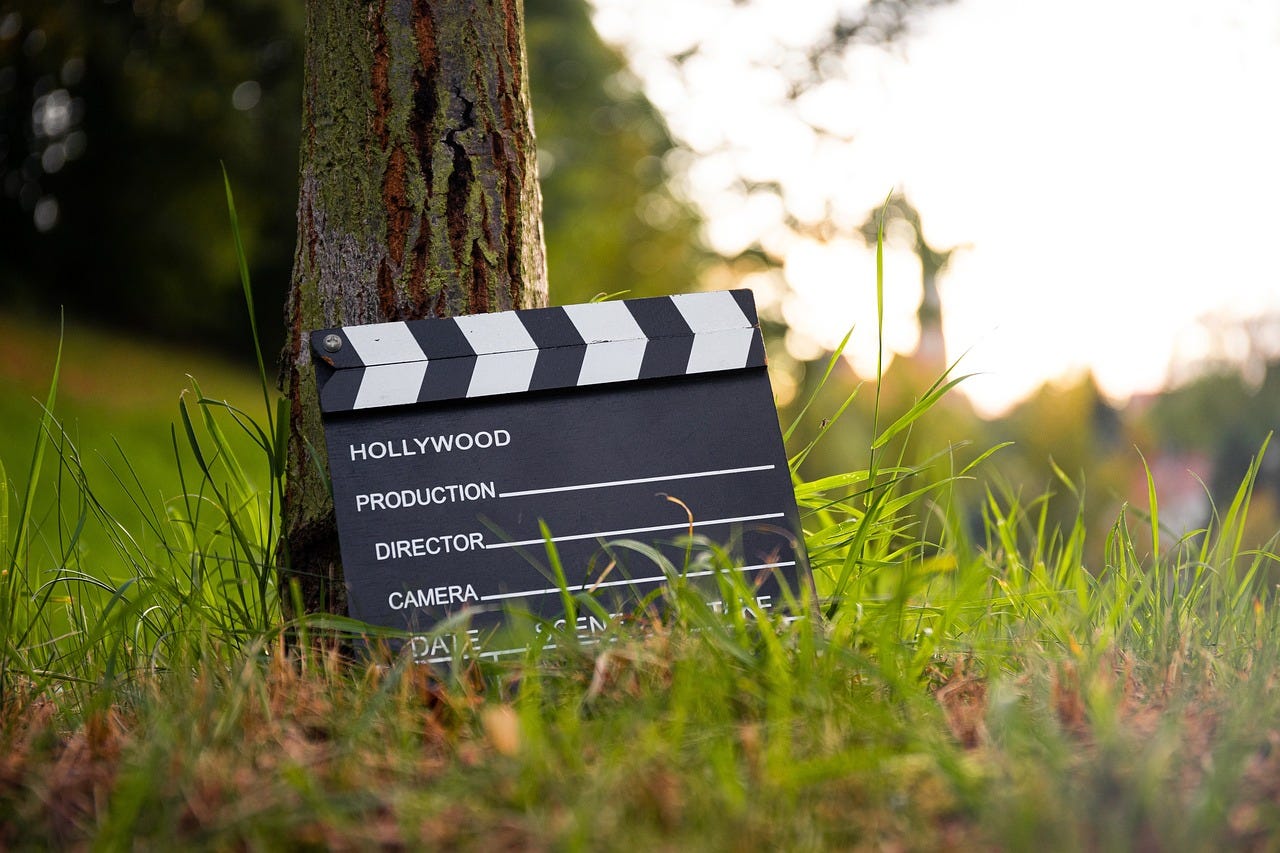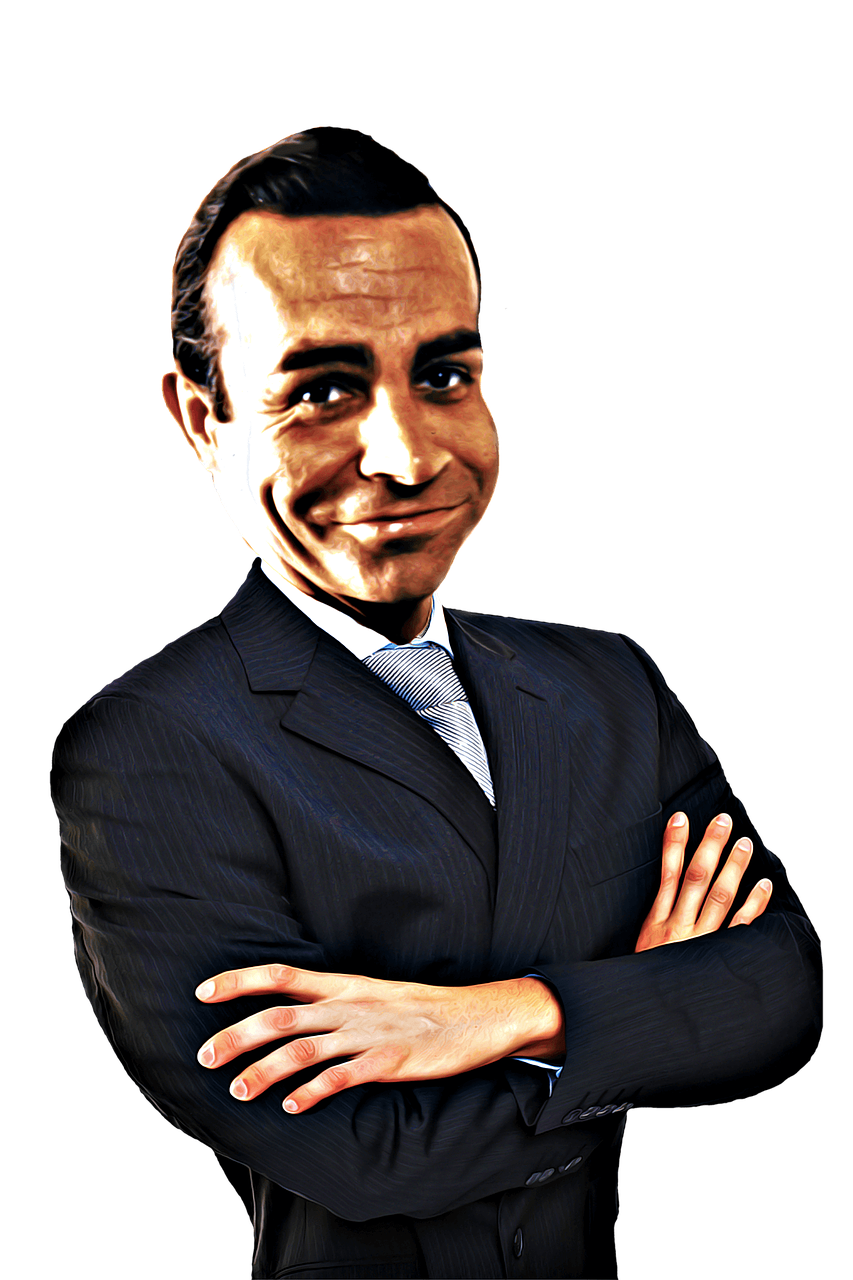With AI making movies, is the film industry under threat? 🎥
Op-ed report by Duncan Williams for Pulman's Weekly News
A short film emerges: a deserted station platform, dusk light streaking across puddled tiles, a lone figure in a trench coat glancing up at a departing train. There are no actors, no cameras, no physical set - only a few lines of text typed into a screen. The film was generated in minutes using Google’s Veo 3, the latest in a new wave of artificial intelligence tools that are beginning to unsettle the foundations of the film and television industry.
The technology, which translates natural language prompts into high-resolution, moving images, is capable of producing cinematic sequences complete with tracking shots, naturalistic lighting, and visual continuity across multiple frames. It is, in effect, an AI director, cinematographer and editor rolled into one. And while its potential is astonishing, it also raises urgent questions about the future of the creative professions.
For independent filmmakers, Veo 3 could be transformative. The barriers to entry - once defined by budget constraints, access to equipment, and studio backing - are beginning to collapse. A single creative individual with a clear vision could now realise complex visual narratives from a bedroom in Bristol or Lagos. The tools to create cinema no longer require cranes, lights or permits; just a keyboard and an idea.
This shift could open the doors to a more diverse and globally representative cinematic landscape. Talented voices from regions with limited production infrastructure could find themselves competing on a newly levelled playing field. Stories that would never have survived a conventional pitch meeting may now flourish in the hands of their original creators. And for established directors, the ability to prototype scenes or visualise concepts in seconds will fundamentally change how projects are developed.
Yet this same technology threatens to undermine the very fabric of the industry it seeks to democratise. If artificial intelligence can generate actors, sets, lighting and action, where does that leave the thousands of professionals whose labour underpins every production? From set designers to camera assistants, costume artists to extras, entire categories of creative work face the risk of obsolescence or severe contraction.
Even more troubling are the implications for performance and authorship. If an actor’s likeness can be cloned, manipulated or generated entirely without their involvement, what safeguards are in place to protect their rights? This concern extends beyond the living. Could Humphrey Bogart and Lauren Bacall be resurrected to star in a brand-new noir detective series? Might the late great Sean Connery return to the screen as a digitally rendered 007 in a future James Bond adventure? The prospect may thrill fans, but it forces a reckoning with questions of consent, dignity, and the ownership of legacy. What was once tribute could quickly slip into exploitation.
The legal framework is, at present, wholly inadequate. Ownership of AI-generated content remains murky. If an AI produces a film in response to a user’s prompt, who holds the copyright - the user, the developer, or neither? Many of these systems are trained on copyrighted works without explicit permission, raising ethical concerns about unacknowledged borrowing and unregulated replication.
None of this means that Veo 3 will destroy cinema. The history of filmmaking is one of adaptation and resilience. The arrival of sound, colour, digital cameras and CGI all brought with them fears of decline - and yet each opened new artistic frontiers. What distinguishes this moment is not just the speed of the change, but the way it challenges fundamental notions of creativity, labour and authorship.
Used wisely, Veo 3 could usher in a golden age of independent filmmaking. It could reduce waste, expand representation, and unlock new forms of visual storytelling. But if exploited as a shortcut or deployed purely for commercial efficiency, it may contribute to a cultural landscape that is slick, soulless and oversaturated.
The challenge now is not technological but philosophical: how do we preserve the human heart of cinema in an age of machine-generated dreams? The future, as ever, will be written by those who can imagine it - and now, quite literally, by those who can prompt it.
( Images: Pixabay Library 📸 )



